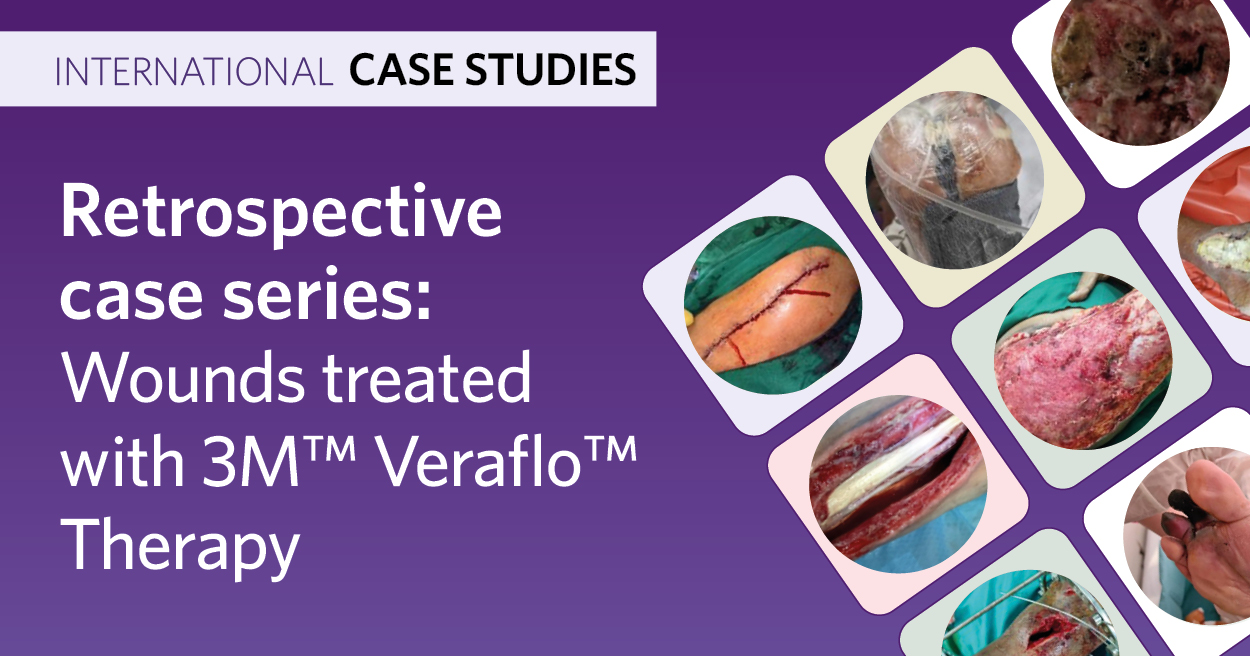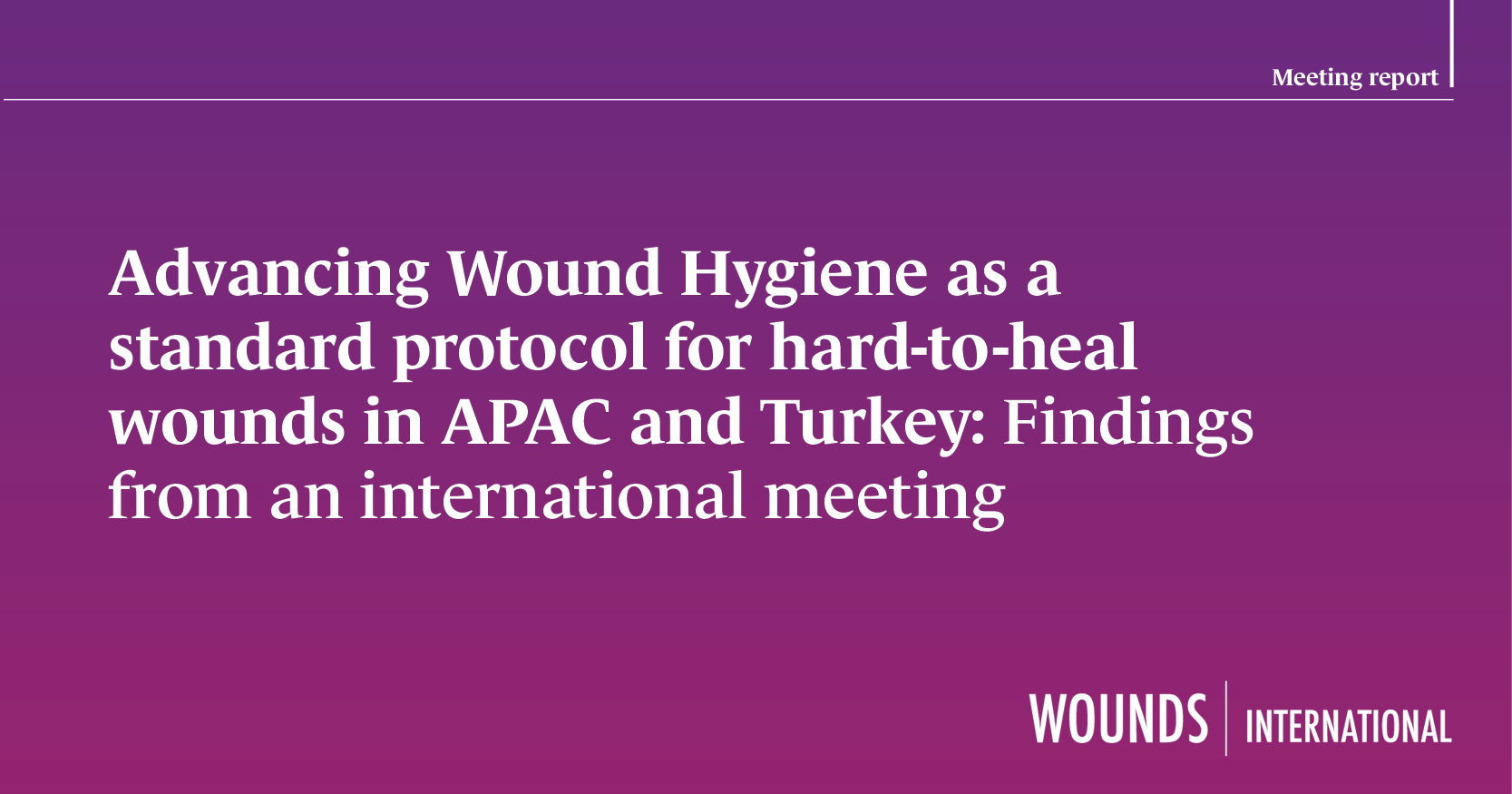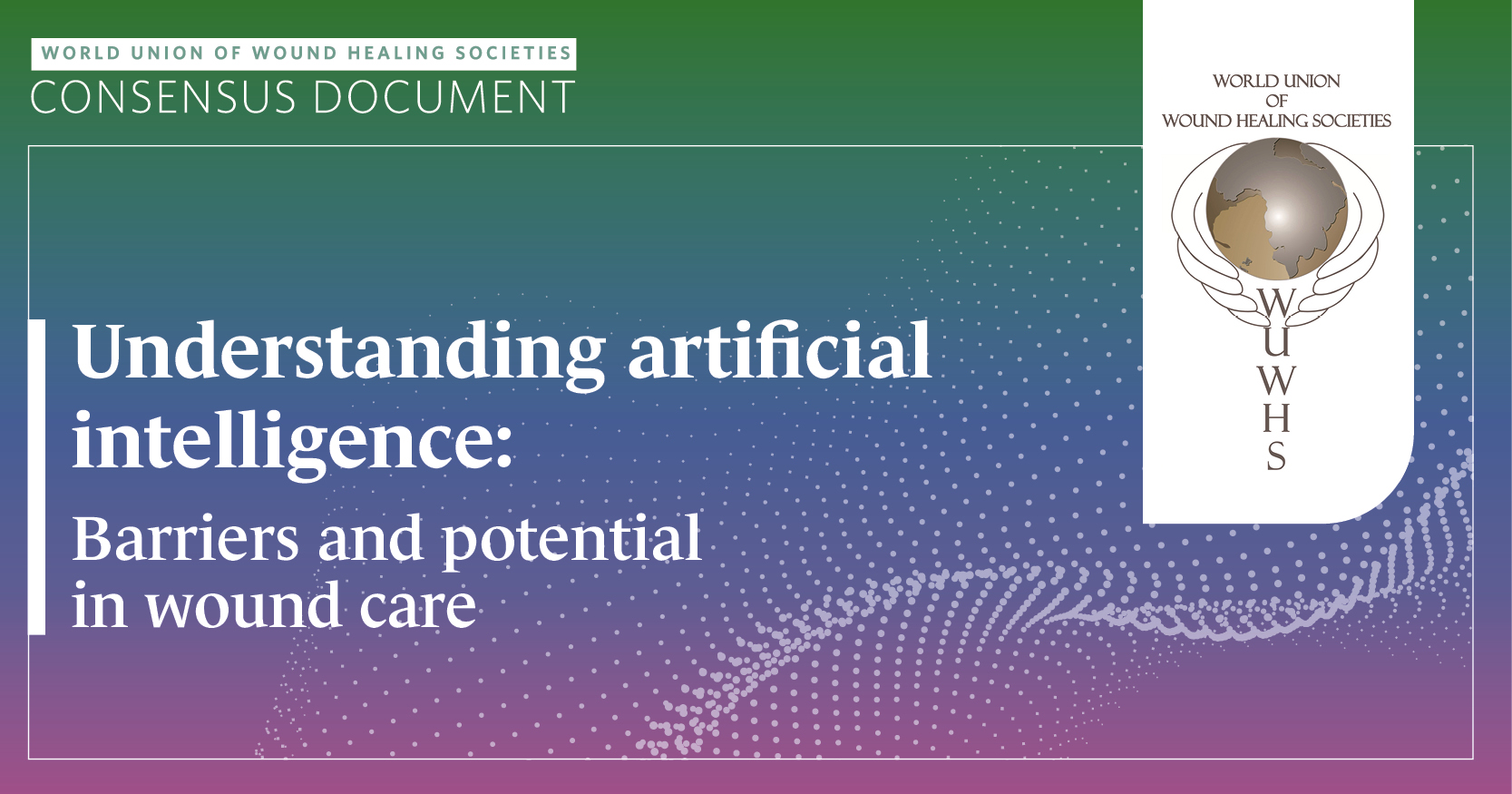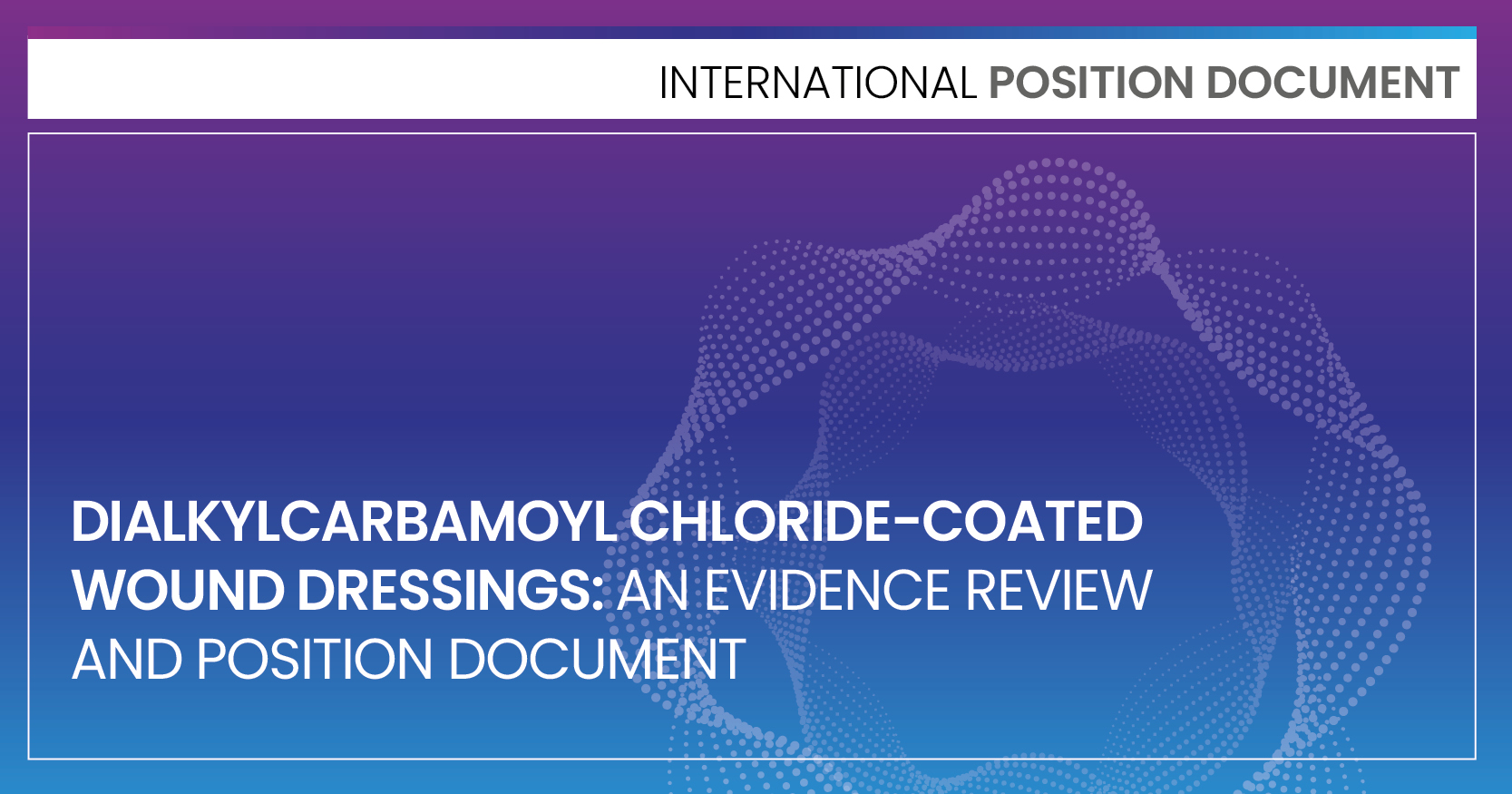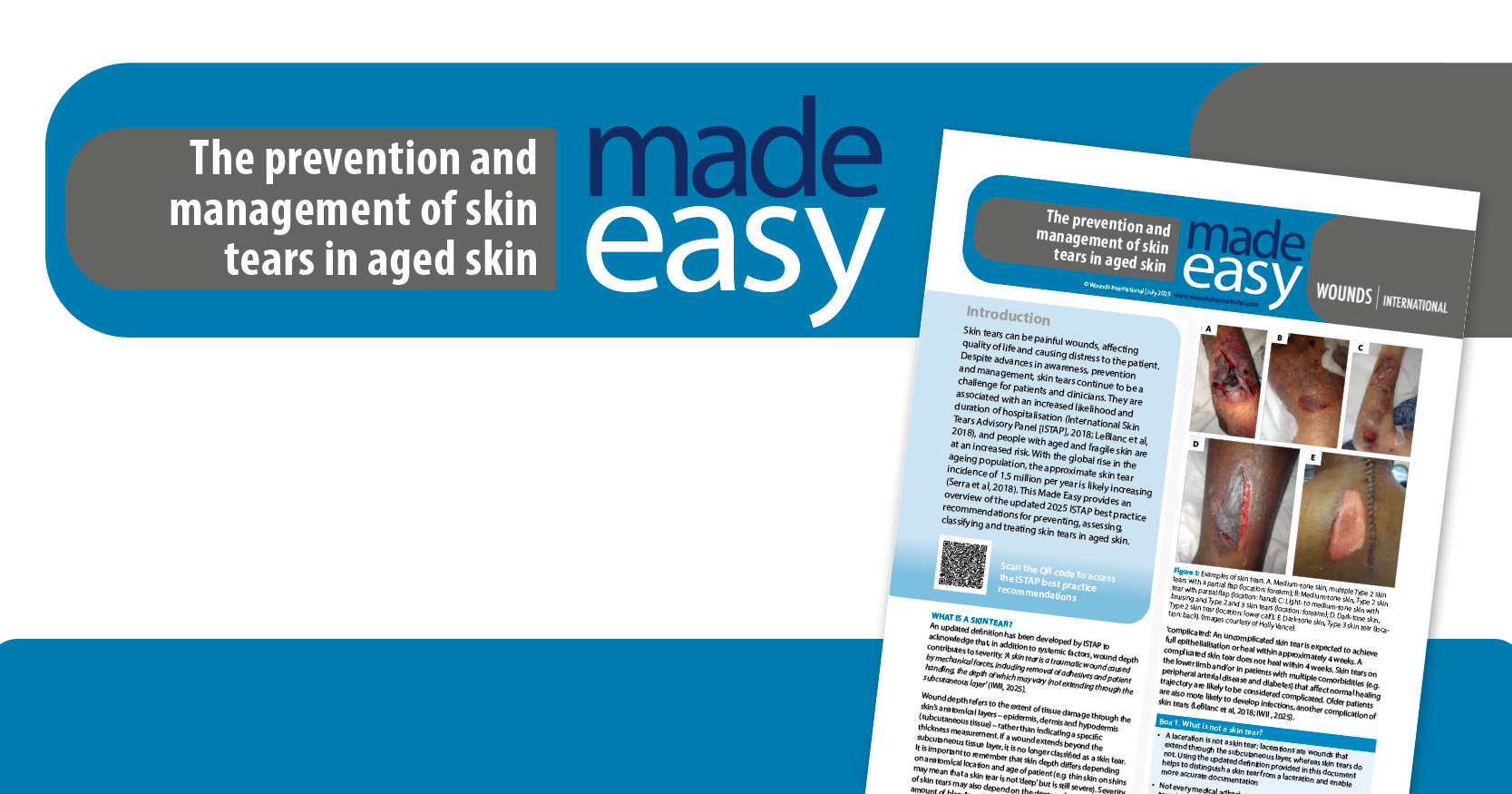3M™ Veraflo™ Therapy provides clinicians with a tool for managing patients and wounds with greater complexity [Box 1]. It combines the benefits of standard negative pressure wound therapy (NPWT; 3M™ V.A.C.® Therapy) with automated, user-determined delivery of topical wound treatment solutions that dwell in the wound to help dilute and solubilise infectious materials, slough and exudate. These instillation cycles, followed by periods of negative pressure, allow wounds to be repetitively cleansed without the need for daily dressing removal.
Once solubilised, wound debris and infectious materials are removed under negative pressure with the aim of promoting granulation tissue formation and perfusion to prepare the wound for closure. Goals for using NPWT with instillation and dwell time (NPWTi-d), also known as Veraflo Therapy, are varied [Box 2].
Dressing considerations
Veraflo Therapy uses dressings specifically designed for instillation therapy that provide improved fluid distribution within, and removal from, the wound bed. Dressing selection can be determined by wound type [Table 1]. Dressing changes of three times weekly (every 48–72 hours) is recommended as a minimum.
Solution considerations
There are a range of recommended compatible solutions to use for instillation such as normal saline, hypochlorite-based solutions (e.g. hypochlorous acid solution or sodium hypochlorite solution [dilute Dakin’s solution 0.125% or quarter strength]), acetic acid solution (0.25–1%) and polyhexamethylene biguanide (0.1%) and betaine (0.1%) (Kim et al, 2020; Wounds Asia, 2022).
Hypochlorite-based solutions, such as hypochlorous acid solution or sodium hypochlorite solution, are recommended as the initial topical solution for wounds showing clinical signs of infection, followed by saline instillation after 24 to 48 hours. This should be in conjunction with appropriate systemic antibiotic therapy, and the decision to switch to saline should be based on ongoing patient and wound assessments.
Topical antiseptic solutions are also recommended for instillation in certain cases, such as the presence of acute infection, high levels of bacteria colonisation or when treating wounds with orthopaedic fixation hardware (Kim et al, 2020).
Therapy setting considerations
Commonly used therapy settings include a therapy time setting of 2 to 3 hours for V.A.C.® Veraflo Dressing and 2 to 2.5 hours for V.A.C.® Veraflo Cleanse Choice Dressing. An appropriate dwell time setting of 10 minutes with saline (or other compatible) solutions and a pressure setting of -125mmHg is also commonly used (Kim et al, 2020) with V.A.C.® Veraflo Dressing, unless non-viable tissue is present, and V.A.C.® Veraflo Cleanse Choice Dressing as a wound cleansing option before surgical debridement or if debridement is delayed or not possible. When clinical goals are met, it is advised to discontinue therapy.
Choice of NPWT system
Patients may be transitioned from one NPWT system, such as Veraflo Therapy, to another as treatment progresses and therapeutic goals change. An algorithm to guide the transition between different NPWT systems based on clinical and healthcare system considerations for surgical wounds was developed at an advisory panel meeting held in 2019 (Harding et al, 2023; Figure 1).
This algorithm on surgical wounds, along with the nine case studies [Table 2] featured in this case series that are representative of a clinician’s everyday use of Veraflo Therapy, may help to guide the appropriate use of this therapy in practice when managing complex wounds.
Download the document below to see all the cases.

